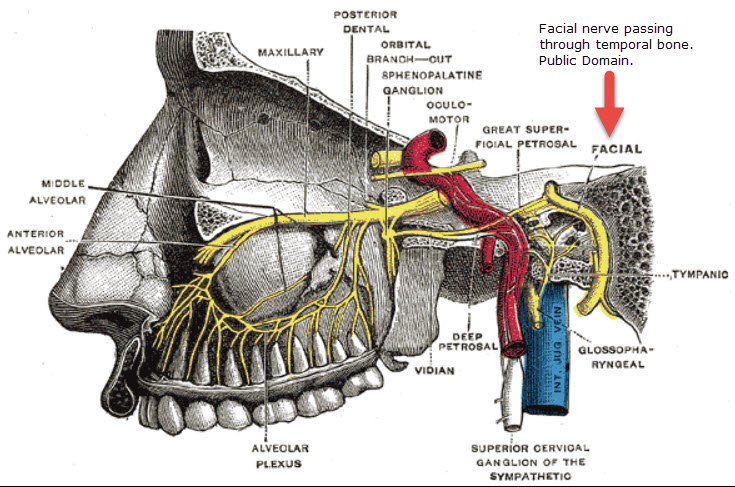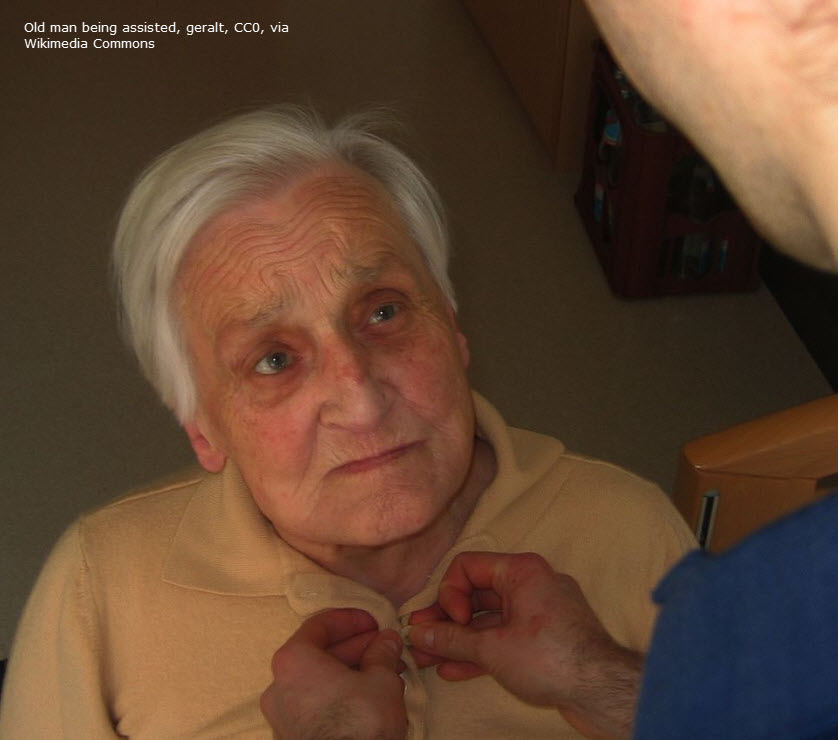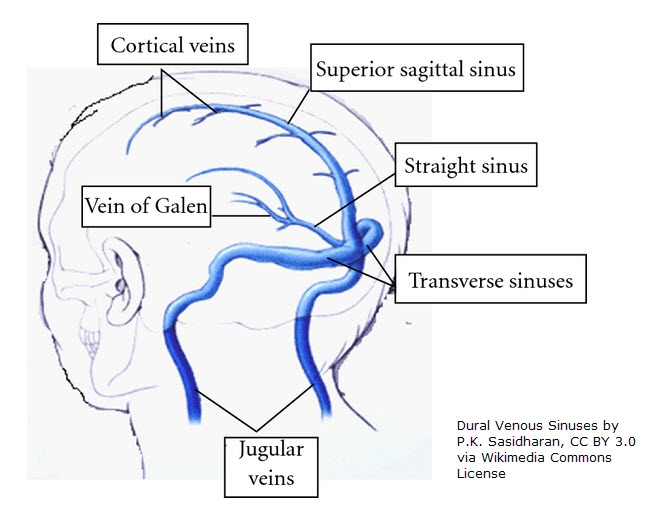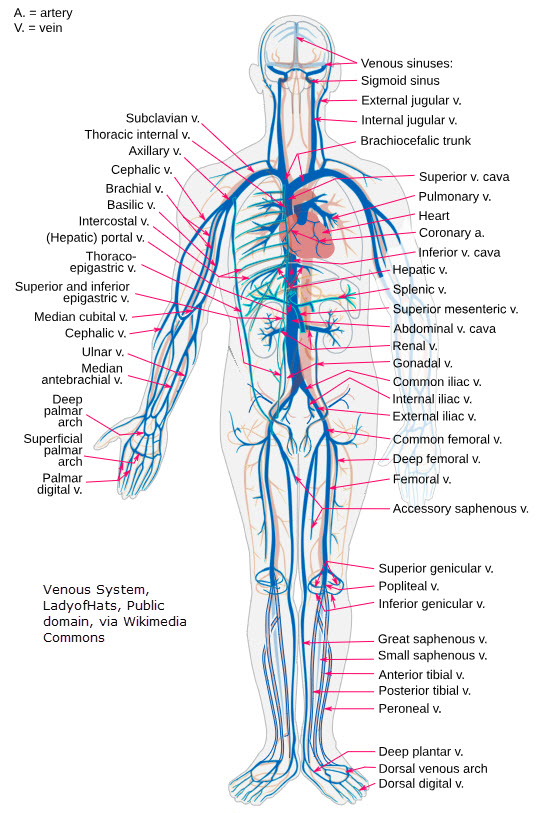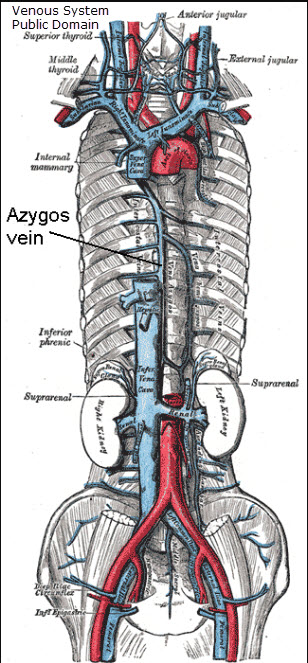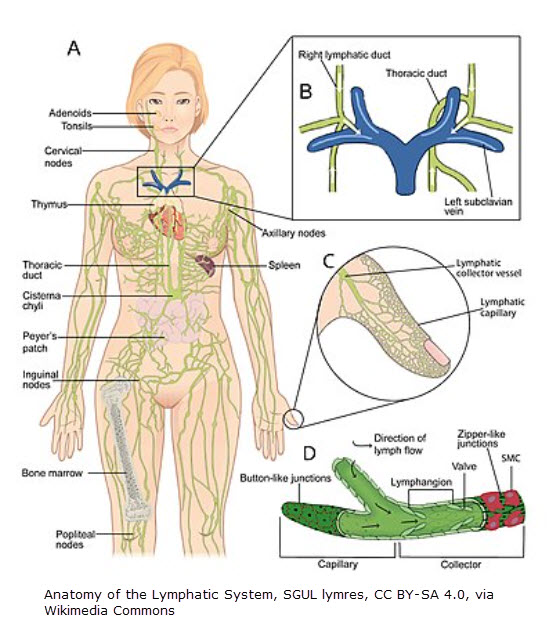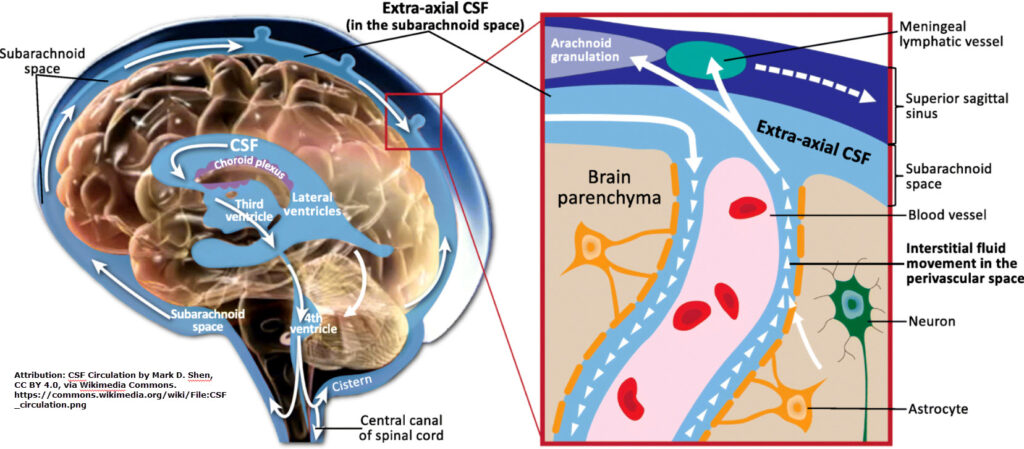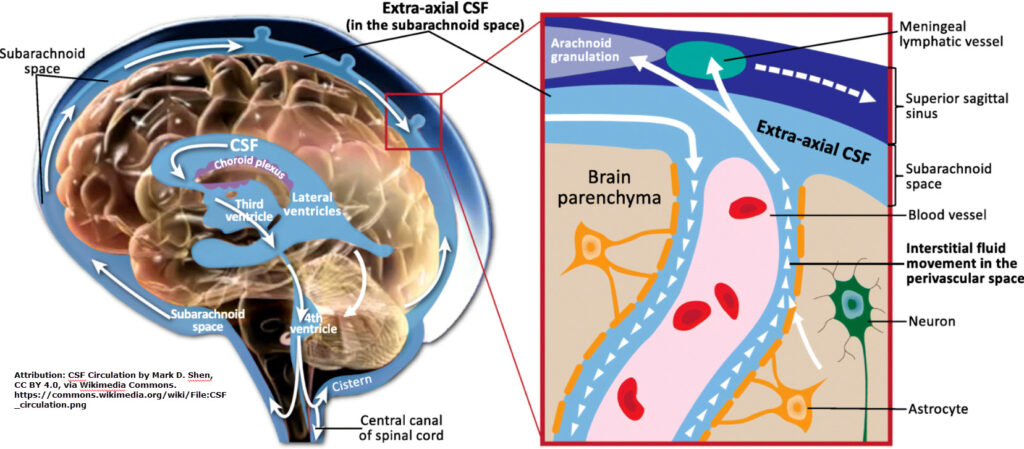Manual Lymph Drainage (MLD) is a therapeutic technique designed to stimulate the lymphatic system, promoting the movement of lymph and improving the drainage of excess fluid. This technique is widely used for conditions such as lymphedema, post-surgical recovery, and certain inflammatory disorders. However, MLD is not appropriate for all patients. According to Foldi’s Textbook of Lymphology, it is essential to understand specific contraindications to ensure patient safety and prevent complications. Here, we will explore some of these contraindications, providing a deeper understanding of when MLD should be avoided.
1. Acute Infections
One of the primary contraindications to MLD is the presence of acute infections. This includes bacterial, viral, or fungal infections, which could be exacerbated by the increased circulation induced by MLD. The stimulation of lymphatic flow could spread infectious agents through the body, worsening the condition or increasing the risk of sepsis. Conditions such as cellulitis, abscesses, or acute skin infections require medical treatment and should not be treated with MLD until the infection is resolved. Interestingly, the body protects itself against infectious agents by causing lymphangions to spasm. This contraction is part of the body’s attempt to limit the spread of infection or inflammation by slowing down lymph flow and creating a “barrier” effect. When performing MLD properly (which includes gentle, rhythmic strokes), the parasympathetic nervous system (the “rest and digest system”) is reflexively stimulated, causing relaxation and enhancing lymphatic circulation. As a result, these lymphangion spasms can relax, potentially allowing the spread of the infection to other parts of the body.
2. Malignant Diseases (Cancer)
While MLD can be beneficial for some cancer-related issues, it is contraindicated in active cancer or in cases where the patient has metastatic disease. Foldi emphasizes that manual drainage may inadvertently promote the spread of cancer cells, particularly in individuals with untreated or advanced malignancy. The stimulation of lymph flow could potentially facilitate the movement of cancerous cells, thus accelerating metastasis. MLD should not be performed over the affected areas in such cases unless specifically approved by an oncologist.

cancer cells
There is some debate about this in recent times by newer graduating lymphedema therapists. The debate centers around the fact that cancer cells choose whether or not to turn on or off. So, MLD isn’t “causing cancer.” But the caution is that cancer cells spread through one of two ways: blood flow or lymph flow. The concern with MLD during active cancer (particularly over the site of cancer) is that you speed up potential spread of cancer cells by stimulating lymph flow. I always disclose these facts to patients. I require patients with active cancer to sign a waiver if they wish to receive MLD. (Gloves should be worn if chemo is being administered.) In terminal cancer cases, the massage can be especially calming & comforting.
Generated by Ai (with edits by author)
References
Foldi’s Textbook of Lymphology
